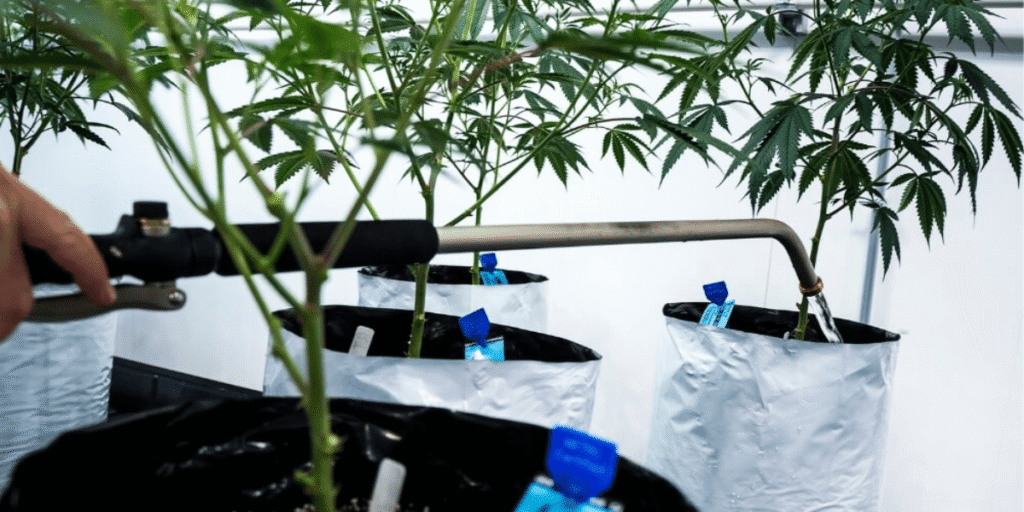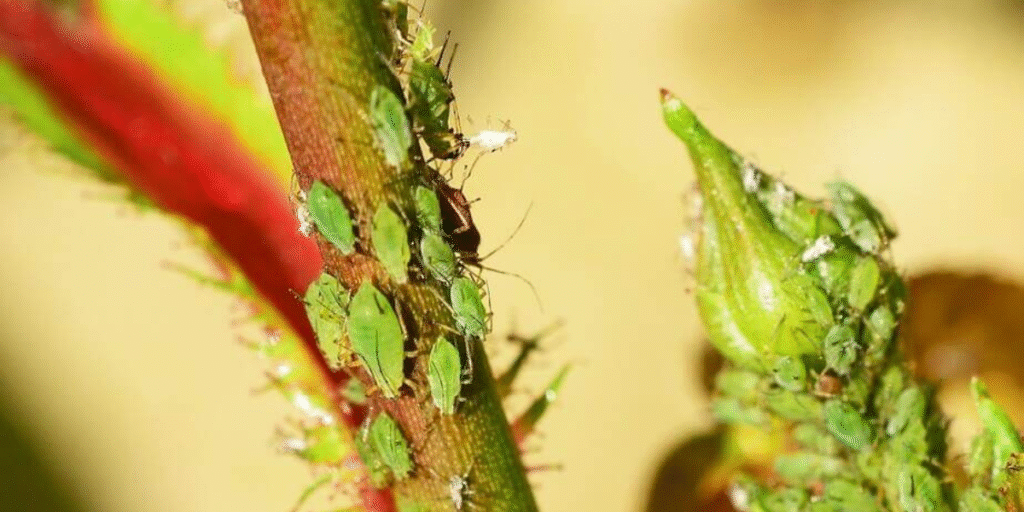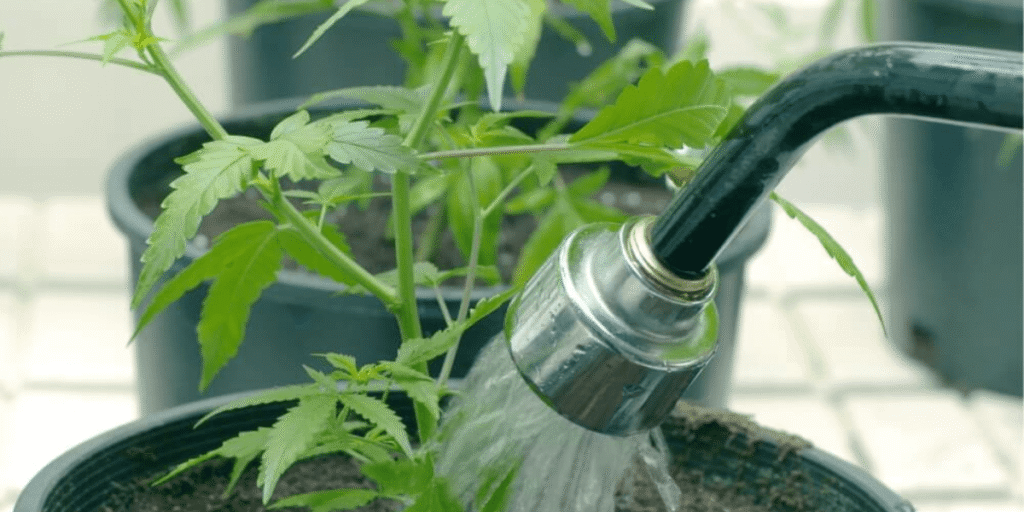How and When to Flush Cannabis is essential for achieving a cleaner flavor and smoother throat hit. Removing excess nutrients at the right time can improve your buds without sacrificing yield. But do you know the best techniques and when flushing might not even be necessary? Is a longer flush always the answer? Today, we’ll dive into the science, grower tips, and real-world examples to help you master effective cannabis flushing once and for all!
What Is Cannabis Flushing and Why It Matters
How Flushing Cannabis Affects Plant Quality
Flushing is the process where, during the last one to two weeks before harvest, you stop giving your plants any nutrient solution and instead water them only with clean, pH-balanced water.
Many people think that flushing literally washes the nutrients out of the roots, but that’s not really how it works. The main purpose is to encourage the plant to rely on the nutrients it has already stored in its tissues rather than taking in more from the soil or hydroponic solution. This helps the plant gradually use up leftover fertilizer salts and minerals, which can otherwise affect taste.
By doing this, the final product tends to have a smoother smoke, better flavor, and cleaner ash. Essentially, flushing is less about physically cleaning the roots or medium and more about helping the plant metabolize and finish using the nutrients it has accumulated. You can think of it as giving the plant a chance to “finish its meal” before harvest.
Pros and Cons of Flushing Cannabis Plants Before Harvest
Flushing cannabis plants before harvest is a topic of debate among growers. Some argue that it enhances flavor and smoothness, while others believe it may not be necessary, especially in organic setups. If you’re unsure about the value of flushing before harvest, our dedicated guide explores both sides in depth.Let’s look at some common viewpoints:
Key Benefits of Flushing Cannabis:
Flushing cannabis can make a noticeable difference, and many growers swear by it for improving the final quality of their buds. One of the most obvious benefits is the way it affects how the buds burn. When done correctly, flushing helps remove excess nutrients and salts that can linger in the plant. As a result, instead of producing dark, sticky ash, properly flushed buds tend to burn cleanly to a light gray or even white ash. Many growers consider this a clear sign that the plant has been well-finished.
The difference is not just in the ash. Flushing can also have a big impact on the smoking experience itself. Many people find that the smoke feels smoother and less harsh on the throat, and the flavors of the cannabis come through more clearly. This is especially noticeable with plants that have been fed synthetic nutrients, which can sometimes leave a sharp, chemical-like taste if not flushed properly.
Beyond the burn and smoothness, flushing can also bring out the unique characteristics of each strain. Fruity and aromatic varieties, such as Gelato or Zkittlez, often taste brighter and more vibrant after a thorough flush. The true aromas and subtle flavors that define these strains are able to shine, giving a richer and more satisfying experience that reflects the plant’s natural profile. For many growers, these improvements make the extra effort of flushing well worth it.
Common Criticisms Against Cannabis Flushing:
Despite the benefits many growers report, cannabis flushing is not without its critics. Some research and experienced cultivators suggest that flushing may have little to no noticeable effect on the final flavor of the buds. In fact, there are cases where it could slightly reduce overall yields because the plant is essentially being deprived of nutrients in the final stage of growth.
Flushing can also be more complicated in organic setups that rely on slow-release nutrients or living soil. In these systems, the plant and the soil’s microbial community exist in a delicate balance, and flushing could unintentionally disrupt that harmony. Some growers worry that this disturbance might affect the plant’s overall health or the soil ecosystem, even if the immediate impact on flavor is minimal.
Many experts also point out that the flavors we notice when smoking or tasting cannabis are often shaped more by the drying and curing process than by flushing alone. Proper drying and curing allow terpenes and other aromatic compounds to fully develop, which can make a much bigger difference in taste than whether the plant was flushed at the end.
For these reasons, while flushing is popular among many growers, it’s not universally accepted as essential, and some prefer to focus their efforts on curing and other finishing techniques to enhance flavor.
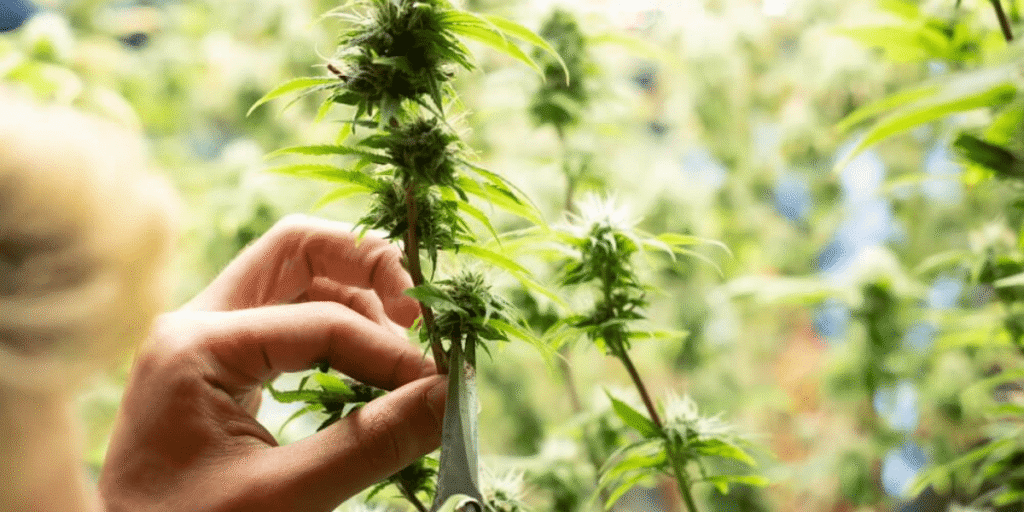
Scientific Research on Cannabis Flushing Effectiveness
Scientific research on the effectiveness of cannabis flushing provides some interesting insights, though the results are not always clear-cut. In 2020, RX Green Technologies carried out a study to compare the effects of different flush periods on cannabis plants. They tested plants with no flush, a seven-day flush, and a fourteen-day flush to see how these approaches influenced the final product.
The study found that, in terms of appearance and THC content, there were only minimal differences between the three groups. This suggests that flushing does not dramatically alter the chemical potency or visual quality of the buds. However, when it came to the smoking experience, there was a noticeable difference. Plants that underwent a seven-day flush consistently received the highest ratings for smoothness and overall smoke quality.
On the other hand, the fourteen-day flush group showed signs of stress, including dehydration and leaf wilting. This indicates that flushing for too long can negatively impact the plant’s health without providing significant benefits to flavor or potency.
The takeaway from the study seems to be that a moderate flush of around five to seven days may enhance the subjective smoking experience, offering smoother smoke and slightly better flavor. Going too short or too long, however, doesn’t appear to provide much additional benefit and may even create some unintended downsides for the plant.
When and Why Growers Flush Cannabis Plants
For many growers, the main purpose of flushing cannabis plants isn’t about increasing THC levels. Instead, it’s about improving the overall quality and experience of the final product. One of the biggest reasons to flush is to reduce any harsh or “chemical” taste that can linger, especially in grows that use a lot of nitrogen-rich fertilizers. When these nutrients build up in the plant, they can create a sharp or artificial flavor that detracts from the natural aroma and taste.
Flushing also helps prevent problems like black or sticky ash when the buds are smoked. Residual minerals and salts can leave the ash dark and uneven, which is often a sign that the plant wasn’t fully finished. A proper flush encourages a cleaner, more even burn, which many growers consider a hallmark of a well-cared-for harvest.
Beyond taste and appearance, flushing can help the plant redirect its energy in the final stages of growth. As the plant stops taking in excess nutrients, it can focus on producing flavorful compounds such as terpenes. This can enhance the aroma and complexity of the buds, allowing the unique characteristics of each strain to shine through. For many cultivators, this is the true value of flushing,bringing out the natural personality of the plant in its final, most flavorful form.
Consequences of Not Flushing Cannabis Properly
Not flushing cannabis properly can lead to some noticeable issues, especially if you’ve been using high-strength bloom boosters like PK additives in the late stages of flowering. These powerful fertilizers can leave behind excess minerals in the plant, and without a proper flush, those residues may carry over into the final buds. The result can be harsher smoke and an overall less enjoyable experience.
Flushing is also helpful if you’ve used molasses, sugar-based supplements, or other carbohydrate additives toward the end of the flowering cycle. These products can feed microbes and promote plant growth, but they can also leave behind sticky residues that affect flavor and burn quality if not removed before harvest.
Even in outdoor grows or setups with carefully controlled light cycles, many experienced cultivators still choose to flush as a finishing step. It’s not always about potency; it’s about giving the buds a clean, smooth, and flavorful finish. Skipping this step can leave the plant tasting overly “nutrient-heavy” or harsh, and it may also make the ash darker and stickier than desired. For those who care about the quality of the final product, a proper flush is often seen as a small but crucial step in the harvest process.
Risks of Skipping the Cannabis Flushing Process
Skipping the flushing process can lead to a few frustrating issues with your buds. One of the most noticeable problems is that the buds themselves may end up looking “charred” or overly dark after drying. This often signals that leftover nutrients or minerals are still present in the plant tissue.
Ash quality is another area that can be affected. Instead of burning cleanly, the ash may turn dark, sticky, and dense, which can make smoking less enjoyable and harder to manage.
The smoking experience itself can also suffer. Buds that haven’t been flushed properly may produce smoke that irritates the throat, feels dry, or carries muddied, harsh flavors rather than the clean, crisp notes that well-finished cannabis is known for.
It’s worth noting, however, that some of these issues might not be solely due to skipping a flush. Improper drying or curing can produce similar effects, so it’s important to consider the entire post-harvest process and use careful judgment when assessing what went wrong.
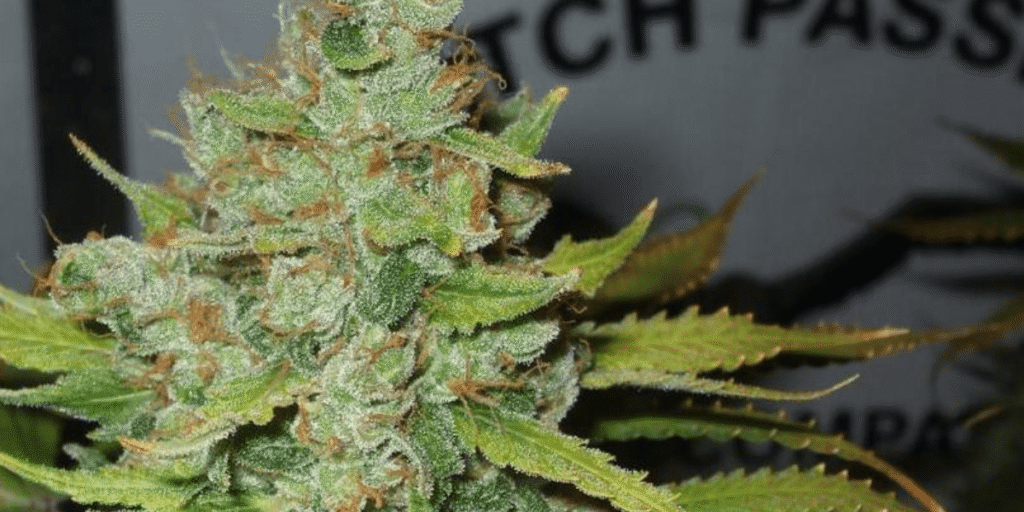
Which Grow Systems Don’t Need Cannabis Flushing
INot every cannabis grow requires flushing, and in some cases, it can actually do more harm than good. For example, if you’re working with a fully organic setup using slow-release nutrients like fish bone meal, bone meal, or worm castings, flushing isn’t necessary. These nutrients are designed to release slowly over time, so the plant naturally finishes using them without the need for a final nutrient wash.
The same goes for living soil mixes that support active microbial ecosystems and mycorrhizal fungi. Flushing in these systems can disrupt the delicate balance of microbes and fungi that help the plant access nutrients naturally, potentially slowing growth or altering flavor development.
Closed-loop setups that rely on rainwater, low-salt nutrient solutions, and microbial cycles also generally don’t benefit from flushing. These systems are already designed to maintain a clean nutrient balance, so flushing can actually interfere with the natural processes that keep the plants healthy and thriving.
In short, whether you need to flush your cannabis plants often depends on your grow style and the type of system you’re using. Understanding how your nutrients and soil work can help you decide if flushing is necessary, or if it’s better to let the plant finish naturally.
| Grow Style | Is Flushing Recommended? | Why / Notes |
|---|---|---|
| Soil with bottled chemical nutrients | Yes | Flushing helps remove excess salts and mineral buildup, which can improve flavor and make the smoke smoother. |
| Coco coir with synthetic nutrients | Yes | Coco drains quickly and salts can accumulate in the root zone; flushing ensures a clean finish. |
| Hydroponic systems | Absolutely | Nutrients are highly concentrated and salts build up fast; flushing clears the root zone for better taste and smooth smoke. |
| Organic living soil | No | The soil supports a stable microbial ecosystem; flushing can disrupt microbes and interfere with natural nutrient cycling. |
How to Flush Cannabis Plants: Water Type and Amount
1. Best Water Choices for Flushing Cannabis Properly
Use the Right Type of Water:Choosing the right water is one of the most important steps when flushing cannabis properly. Purified water or water treated with reverse osmosis, also called RO water, is generally the best option. Tap water can contain extra minerals, chlorine, or other chemicals that may leave residues in the plant or growing medium and interfere with the flushing process. RO water removes most of these dissolved salts and provides a clean, neutral starting point that helps wash away leftover nutrients more effectively.
Adjust the pH Properly:The pH of the flushing water is just as important as the type of water you use. For most cannabis plants, a slightly acidic or neutral pH between 5.5 and 6.5 works best. Water that is too high or too low can stress the roots and reduce the effectiveness of the flush. Using a reliable pH meter along with pH adjusting solutions, often labeled as pH up or pH down, makes it easier to maintain the correct pH and keep the plants healthy. Paying attention to these details can make a noticeable difference in the smoothness and flavor of the final buds.
2. How Much Water Is Needed to Flush Cannabis Effectively
A general guideline is to use 3–5 times the volume of the growing medium.
For example, if your pot holds 10 liters, you should flush it with 30–50 liters of water. This effectively removes salts and fertilizer residues.
For hydroponic systems, be sure to completely drain the old nutrient solution and replace it with pure water to ensure the root zone is free of excess nutrients.
Flushing over several days is more effective,flush once per day and monitor changes in water quality with a TDS meter.
3. Effective Flushing Techniques and Drainage Tips for Cannabis
- Water slowly: Avoid strong water flow that might damage the roots. Use a watering can or a gentle stream for even distribution.
- Ensure proper drainage: Let the water drain freely to prevent waterlogging and root oxygen deprivation.
- Water flow direction: Pour from the top while keeping bottom drainage open, ensuring nutrients are flushed out effectively.
4. Monitoring Cannabis Health During the Flushing Stage
- Yellowing or wilting leaves may signal nutrient deficiency—consider shortening the flush duration or reducing the frequency.
- If the plant appears healthy, with purer aroma and better fragrance, flushing is likely working.
- White, healthy roots indicate that the environment is suitable for flushing.
5. Should You Add Cal-Mag When Flushing Cannabis?
Some growers add calcium-magnesium supplements (Cal-Mag) during flushing to prevent deficiencies.
However, the amount should be significantly reduced,ideally no more than 30% of normal feeding strength,to avoid interfering with the flushing process.
6. Using Enzymes and Sugars to Support Cannabis Roots During Flush
Some growers add enzyme-based products to the flushing water to help break down dead root tissue and residues.
Adding small amounts of sugars (like sucrose or glucose) may help sustain beneficial microbes and support root health.
These additives are optional—use only if you understand their ingredients and purpose.
7. Recommended Flushing Duration for Cannabis Plants
- For soil growing: Flush for 7–14 days
- For hydroponics: Flush for 5–7 days
- For organic growing: Flushing time is often shorter or avoided altogether to protect beneficial microbes
8. Important Precautions When Flushing Cannabis
- Avoid strong fertilizers or harsh pesticides during flushing
- Keep light, temperature, and humidity stable to reduce plant stress
- Don’t flush too early or too long, as lack of nutrients may harm plant growth
Key Points on How and When to Flush Cannabis
Scientific flushing is not just “watering more”,it involves a combination of:
High-quality water (purified with balanced pH)
Proper volume and gentle method (with good drainage)
Real-time monitoring of plant responses
Optional nutrient support when necessary
Only by integrating these elements can you effectively remove residues and improve the purity, taste, and quality of your final harvest.
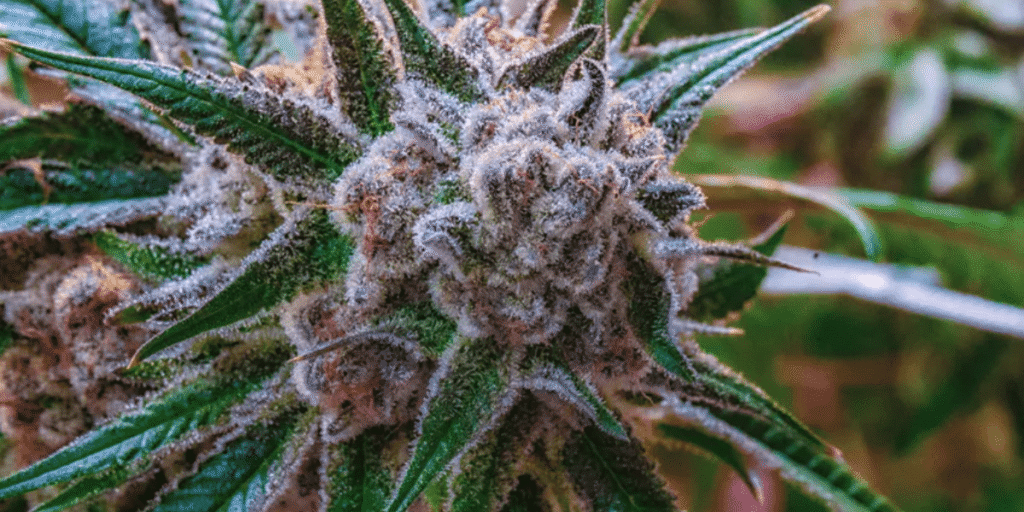
FAQ: Common Questions About Flushing Cannabis
Q1: Why is flushing necessary?
A1: The primary purpose of flushing is to remove excess nutrients and mineral salts from the plant and growing medium. This helps prevent bitterness or harshness during consumption and improves the purity, flavor, and burn quality of cannabis.
Q2: What happens if I don’t flush?
A2: Unflushed plants often contain high levels of fertilizer salts, which can produce a harsh taste, black ash, and unpleasant smoke. This may lead to throat irritation or coughing during use.
Q3: Can the flushing schedule be adjusted?
A3: Yes. The timing of flushing should be based on the flowering stage and trichome color. Different strains and growing conditions may require slightly different flushing schedules. The key is to judge based on the plant’s maturity.
Q4: Can I flush with tap water?
A4: While it’s possible, tap water often contains chlorine and minerals that may stress the roots and reduce the effectiveness of the flush. It’s recommended to use purified or RO water and adjust the pH appropriately.
Q5: Do I need to stop lighting during flushing?
A5: No. Continue normal lighting—photosynthesis helps the plant use up its internal nutrient reserves, which can accelerate the flushing process.
Q6: Is yellowing of leaves during flushing normal?
A6: Mild yellowing is a normal sign of nutrient depletion. However, if yellowing is severe or accompanied by wilting, it may indicate over-flushing or nutrient deficiency, and the flushing process should be adjusted accordingly.
Q7: How can I tell when flushing is complete?
A7: You can monitor the TDS (Total Dissolved Solids) level of the runoff water. When the TDS value approaches that of pure water, it indicates that most of the nutrient salts have been successfully flushed out.
Flushing Cannabis Plants: Essential Summary and Advice
Flushing removes excess nutrients to boost cannabis flavor, purity, and smoothness by reducing harshness.
Flush 7–14 days before harvest, guided by trichome and pistil color.
Use purified or RO water (pH 5.5–6.5) at 3–5× the medium volume with good drainage.
Watch for slight yellowing—too much means adjust flushing.
Hydroponics needs shorter flushes; soil takes longer.
Use a TDS meter to track progress accurately.
Combine flushing with balanced feeding and harvest timing for the best buds.
Looking for expert tips on flushing and harvesting your cannabis? Follow us on Instagram 👉 @Greenfuturelight
Need reliable LED grow lights or beginner-friendly kits? Visit us 👉 www.greenfuturelight.com
Want to boost your grow with top-quality lighting? Discover our premium LED Grow Light Collection!
Got questions? Contact Our Team anytime for a free consultation.
Start flushing right and enjoy cleaner, smoother cannabis!

